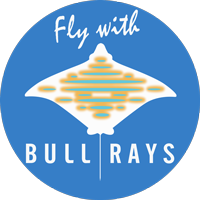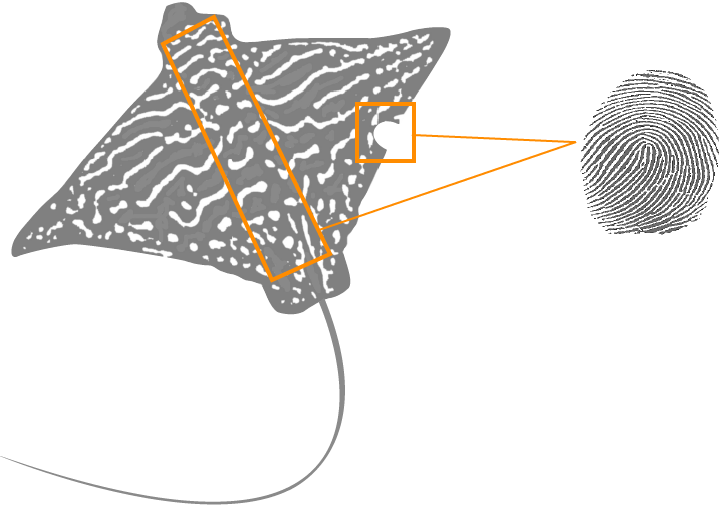A New Conservation Challenge for Photo Identification
The main objective of this project is the development of the first intraspecific photo-identification methodology for bull rays. Indeed bull rays have remarkable natural patterns on their back, which make the individual identification very easy, those patterns are bluish stripes which may remind you of the reflections of the water surface on a sandy bottom. Scars can also be used to identify individuals at a shorter time scale due to regeneration.
Individual identification is necessary for a good understanding of the species life history, it provides crucial population parameters to evaluate conservation status and apply effective protection strategies (e.g. population size, longevity, growth rates, site fidelity, migrations, habitat use).
A non-invasive method
Photo-identification is considered as a non-invasive method, because we do not disturb the animals, in this case we do not even touch them in the wild. A simple picture of the animals back is enough to answer major questions about the individual (Who? Sex? Maturity state?). Both invasive and non-invasive techniques have provided relevant results for individual identification, both with their advantages and limitations.
NB: Photo-identification should be used with caution, as even species with obvious natural markings cannot be suitable for photo-identification. Despite the distinctive markings, other parameters should be studied before applying photo-ID to a species. For more information, do not hesitate to contact us.

